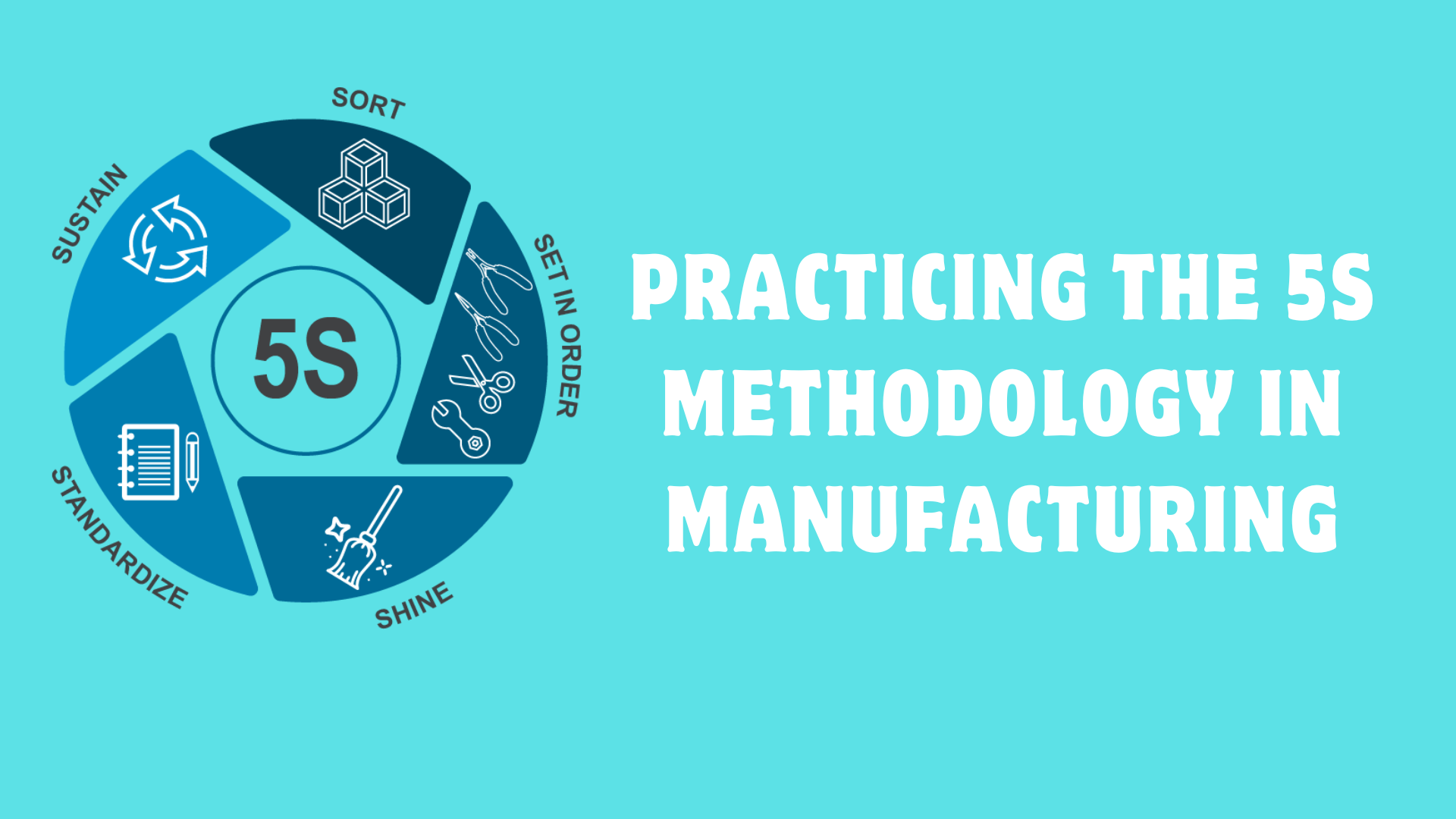In the dynamic world of manufacturing, efficiency and productivity are not just goals—they’re necessities. Enter the 5S methodology, a cornerstone of lean manufacturing principles, designed to optimize your workspace for efficiency and effectiveness. Here’s your practical guide to understanding and implementing the 5S in your manufacturing environment.
1. Sort (Seiri): Decluttering the Workspace
The journey begins with sorting, an essential step to eliminate unnecessary items from the workplace. Start by evaluating all tools, materials, and documents. If an item isn’t directly adding value to your production process, it’s a candidate for removal. Implement a red tag system for questionable items and set a deadline to decide their fate. This initial decluttering paves the way for a more organized and efficient workspace.
Practical Tips:
- Conduct regular sorting days.
- Use a red tag area for items under evaluation.
- Empower employees to make decisions about what’s necessary.
2. Set in Order (Seiton): Organize for Efficiency
Once you’ve cleared the clutter, it’s time to organize. Set in order revolves around arranging essential items so they’re easily accessible and logically placed. This minimizes time and effort in locating them, speeding up the workflow. Use labels, color coding, and clear signage to ensure everything has a designated place—and that everyone knows where that place is.
Practical Tips:
- Implement shadow boards for tools.
- Use floor markings to define specific areas.
- Regularly review and adjust the organization based on workflow changes.
3. Shine (Seiso): Establishing a Culture of Cleanliness
The third S, shine, is about maintaining cleanliness in the work environment. This is not just about aesthetics; a clean workplace is essential for safety and quality. Implement a cleaning schedule that involves everyone and focuses on maintaining the newfound order and cleanliness. This regular upkeep prevents the accumulation of grime and clutter, ensuring that machinery and processes run smoothly.
Practical Tips:
- Assign specific cleaning responsibilities.
- Conduct daily “clean-up” minutes at the end of each shift.
- Regularly inspect for and address sources of dirt and disorder.
4. Standardize (Seiketsu): Creating Consistency
Standardization is the key to maintaining the first three S’s. Develop clear, concise work instructions and standards for organization and cleanliness. Utilize visual management tools like signage and floor markings to reinforce these standards. Regular training sessions and audits ensure that these practices are understood and adhered to by all.
Practical Tips:
- Develop and display clear, visual instructions for maintaining order.
- Schedule regular 5S training sessions.
- Conduct weekly or monthly audits to ensure standards are met.
5. Sustain (Shitsuke): Cultivating Discipline and Commitment
The final S, sustain, is perhaps the most challenging: it’s about building a culture of continuous improvement and adherence to established practices. This requires ongoing effort from all levels of the organization. Recognize and reward adherence to 5S practices and integrate them into daily routines and performance evaluations.
Practical Tips:
- Lead by example; management should actively participate in 5S activities.
- Recognize and celebrate 5S successes.
- Regularly review and refresh 5S practices to prevent backsliding.
Implementing the 5S methodology is a journey, not a destination. It’s about continuous improvement and adapting to changes in the manufacturing environment. By following these practical steps and fostering a culture of efficiency, cleanliness, and discipline, you can enhance productivity, safety, and overall job satisfaction in your manufacturing space. Embrace the 5S as a tool for transformation and watch as your workspace—and your workforce—transforms along with it.









